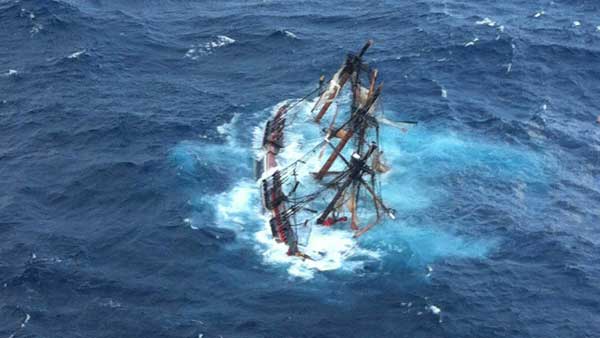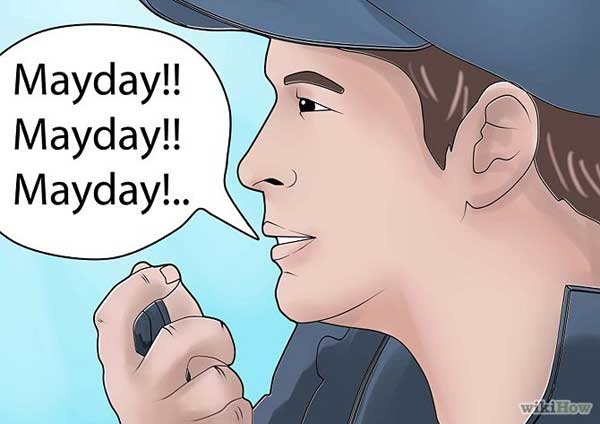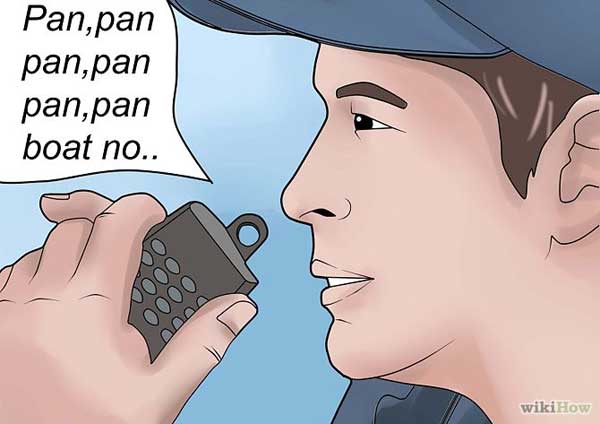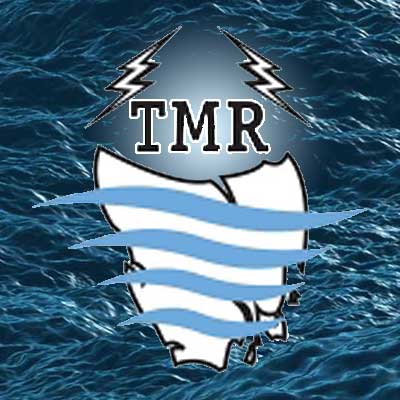
When Trouble Strikes
What to do if in distress.
Radio procedures provide for two calls to use when trouble strikes: Mayday and Pan Pan. These are are used at sea and in the air. The procedures are similar but you need to know which one to use in which situations.
Distress and Urgency Calls
There are two types of calls: Mayday (distress) and Pan Pan (urgency).
“Mayday” comes from the French “m’aidez” which means “help me”. “Pan Pan” also comes from the French “panne” meaning “broken”: a breakdown or mechanical failure.
Mayday is to be used only if the vessel or persons aboard it are in grave and imminent danger and require immediate assistance, and may be authorised by the master of the vessel only. A Mayday overrides any other radio traffic (apart from another Mayday) and the distress channel will be used only by stations and vessels participating in the rescue operation.
Pan Pan is the next level where there is not grave and imminent danger and where assistance is required, but not immediately. Pan Pan typically include mechanical failure where there is no immediate danger of the vessel sinking or grounding, or other loss of propulsion (torn sail, broken mast), etc. When the Pan Pan is acknowledged, the stations involved should change to a working channel/frequency.
Mayday

A Mayday call consists of:
| 1. The Mayday signal, spoken 3 times; | |
| 2. The words “this is”; | |
| 3. The name and callsign of the vessel in distress, spoken 3 times; | |
| 4. Particulars of its position (GPS latitude & longitude if available) as well as drift rate if appropriate; | |
| 5. The nature of the distress and the kind of assistance required; | |
| 6. Any other information which may facilitate rescue. |
There is no restriction on repeating Mayday calls. If you receive no response on the distress channel or frequency, repeat the Mayday on any frequency on which attention may be attracted.
Pan Pan

The Pan Pan format is very similar:
| 1. The distress signal Pan Pan, spoken 3 times; | |
| 2. Who the call is addressed to eg, All stations, spoken 3 times; | |
| 3. The words “this is”.; | |
| 4. The name and callsign of the vessel sending the Pan Pan, stated 3 times; | |
| 6. The urgency message followed by “over”. |
